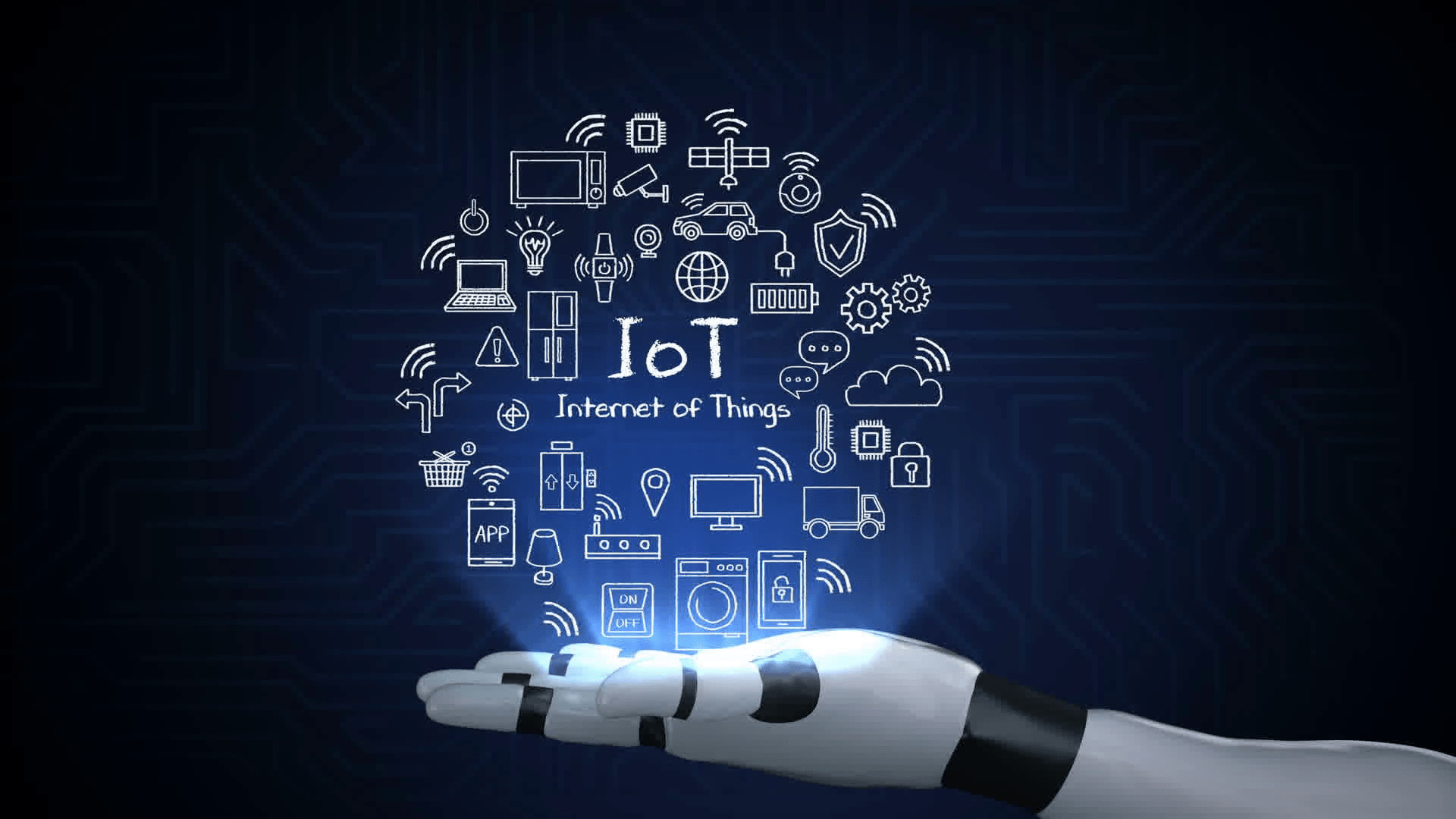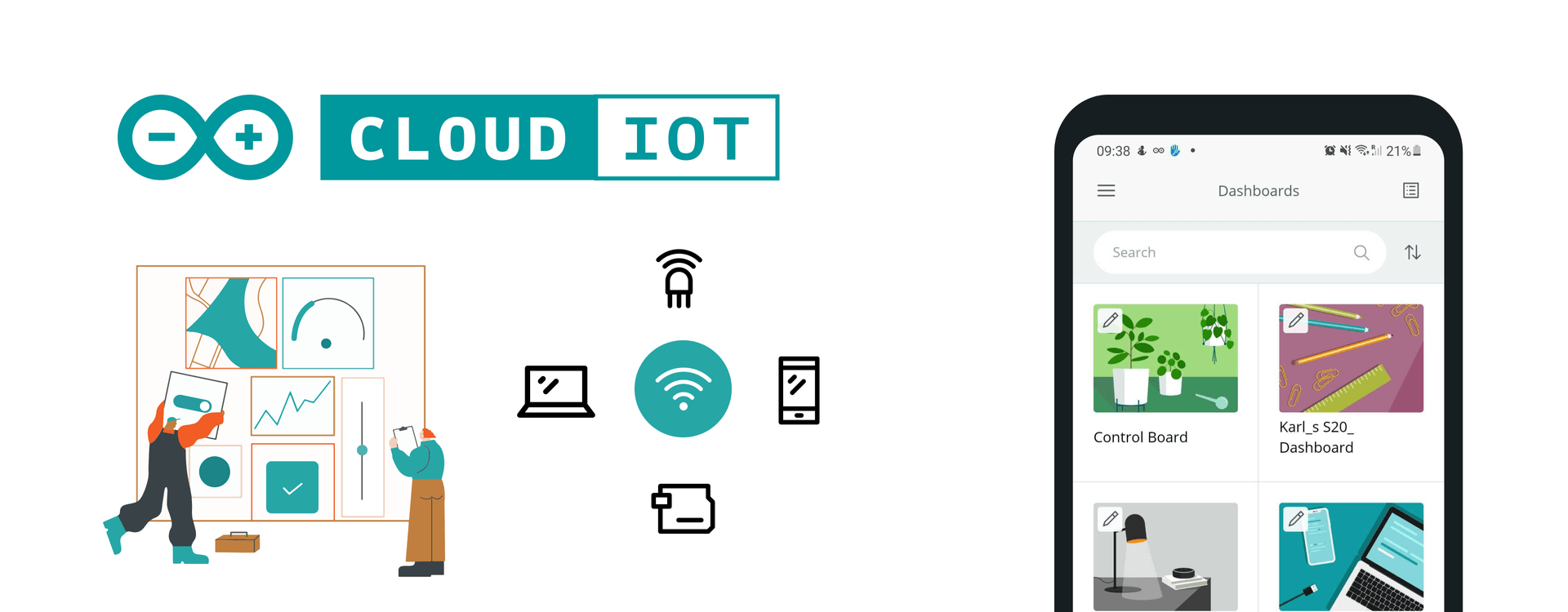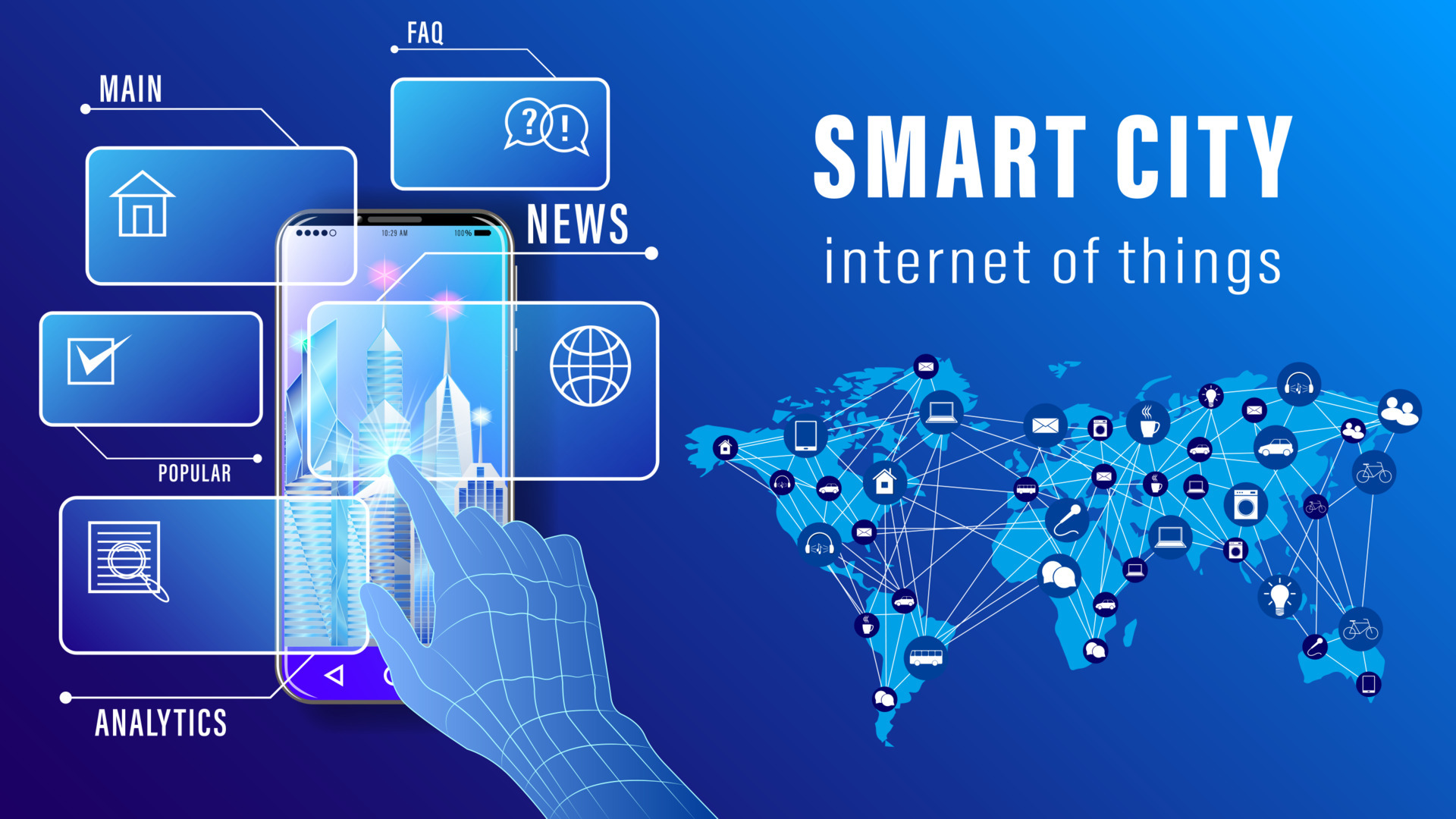Remote login IoT free solutions have become increasingly popular as more businesses and individuals seek ways to manage their devices remotely without incurring high costs. With the rapid advancement of technology, accessing IoT devices from anywhere in the world is now possible through various free tools and platforms. However, ensuring security and efficiency remains paramount to protect sensitive data and maintain operational integrity.
As the Internet of Things (IoT) continues to expand, the demand for remote access capabilities grows exponentially. Whether you're a small business owner managing smart office equipment or an individual controlling smart home devices, remote login IoT free options provide flexibility and convenience. This article will delve into the world of remote login IoT free, exploring its benefits, challenges, and best practices to ensure a seamless experience.
In today's digital age, staying connected to your IoT devices is essential. From monitoring security cameras to adjusting thermostats, remote login IoT free solutions enable users to perform these tasks effortlessly. However, with so many options available, it's crucial to choose the right tools and techniques to avoid potential risks. Let's explore how you can achieve secure and effective remote access without breaking the bank.
Read also:Who Is Barmaid Rose Unveiling The Remarkable Story Behind The Iconic Figure
Table of Contents:
- Introduction to Remote Login IoT
- Benefits of Remote Login IoT Free
- Choosing the Right Remote Login Solution
- Security Considerations for Remote Login IoT
- Top Free Tools for Remote Login IoT
- How to Set Up Remote Login for IoT Devices
- Common Challenges in Remote Login IoT
- Best Practices for Secure Remote Login IoT
- Future Trends in Remote Login IoT
- Conclusion and Final Thoughts
Introduction to Remote Login IoT
The concept of remote login IoT has revolutionized the way we interact with connected devices. At its core, remote login IoT allows users to access and manage their IoT devices from a remote location. This capability is particularly valuable for businesses that need to monitor and control critical infrastructure, as well as individuals who want to manage their smart home devices conveniently.
Free remote login IoT solutions have gained traction due to their cost-effectiveness and accessibility. These platforms offer a range of features, from basic device management to advanced analytics, ensuring users can stay connected without financial strain. However, it's essential to understand the underlying technology and its implications to make informed decisions.
Why Remote Login IoT Matters
Remote login IoT addresses several key challenges in the modern digital landscape:
- Convenience: Users can access their devices from anywhere, eliminating the need for physical presence.
- Cost-Effectiveness: Free solutions enable small businesses and individuals to adopt IoT technologies without significant investment.
- Scalability: Remote login IoT solutions can adapt to growing networks, accommodating additional devices as needed.
Benefits of Remote Login IoT Free
Opting for free remote login IoT solutions offers numerous advantages. Below are some of the most significant benefits:
1. Accessibility: Free platforms are readily available to users of all skill levels, making it easier to adopt IoT technologies.
Read also:Jonathan Hearn Release Date The Countdown Begins For Fans Worldwide
2. Community Support: Many free tools have active user communities that provide valuable insights and troubleshooting assistance.
3. Feature-Rich Solutions: Despite being free, these platforms often include robust features such as device monitoring, data logging, and automation capabilities.
How Free Solutions Impact Businesses
For businesses, remote login IoT free solutions can:
- Reduce operational costs by eliminating the need for on-site maintenance.
- Improve efficiency through automated processes and real-time data access.
- Enhance decision-making by providing actionable insights into device performance.
Choosing the Right Remote Login Solution
Selecting the appropriate remote login IoT solution requires careful consideration of several factors. Below are key aspects to evaluate:
1. Platform Compatibility
Ensure the chosen solution supports the operating systems and devices you intend to manage. Cross-platform compatibility is essential for seamless integration.
2. Security Features
Security should be a top priority when choosing a remote login IoT platform. Look for features such as:
- Encryption protocols (e.g., TLS/SSL).
- Two-factor authentication (2FA).
- Regular security updates.
3. User Interface
A user-friendly interface enhances productivity and reduces the learning curve for new users. Choose platforms with intuitive dashboards and clear navigation.
Security Considerations for Remote Login IoT
Security is a critical concern in remote login IoT, as unauthorized access can lead to data breaches and system compromises. Below are some essential security considerations:
1. Data Encryption: Ensure all data transmitted between devices and the remote login platform is encrypted using industry-standard protocols.
2. Access Control: Implement role-based access control (RBAC) to limit who can access specific devices or functions.
3. Regular Audits: Conduct periodic security audits to identify and address vulnerabilities.
Best Security Practices
To further enhance security, consider the following:
- Use strong, unique passwords for all accounts.
- Enable automatic software updates to patch security flaws promptly.
- Monitor device activity for suspicious behavior.
Top Free Tools for Remote Login IoT
Several free tools are available for remote login IoT. Below are some of the most popular options:
1. PlatformIO Remote
PlatformIO Remote is an open-source tool designed for developers working with IoT devices. It offers features such as:
- Remote code compilation and debugging.
- Support for multiple development environments.
- Integration with cloud-based services.
2. MQTT Explorer
MQTT Explorer is a lightweight tool for managing MQTT-based IoT devices. Its key features include:
- Real-time message monitoring.
- Support for multiple MQTT brokers.
- Customizable user interface.
How to Set Up Remote Login for IoT Devices
Setting up remote login for IoT devices involves several steps. Below is a step-by-step guide:
Step 1: Identify Your Devices
Create a list of all IoT devices you wish to manage remotely. Note their IP addresses, operating systems, and any specific requirements.
Step 2: Choose a Remote Login Solution
Select a free remote login IoT platform that meets your needs. Consider factors such as compatibility, security, and ease of use.
Step 3: Configure Device Settings
Adjust device settings to enable remote access. This may involve enabling SSH or configuring port forwarding on your router.
Step 4: Test the Connection
Verify that you can successfully connect to your devices from a remote location. Perform basic operations to ensure functionality.
Common Challenges in Remote Login IoT
While remote login IoT offers numerous benefits, it also presents challenges that users must address. Below are some common obstacles:
1. Network Connectivity Issues: Poor internet connections can disrupt remote access, leading to frustration and inefficiency.
2. Security Vulnerabilities: Inadequate security measures can expose devices to malicious attacks and data breaches.
3. Complex Setup Processes: Configuring remote login settings can be challenging for users without technical expertise.
Overcoming Challenges
To overcome these challenges, consider the following:
- Invest in reliable internet service providers.
- Implement robust security protocols.
- Seek guidance from online tutorials or professional support.
Best Practices for Secure Remote Login IoT
Adopting best practices is essential for maintaining secure and efficient remote login IoT operations. Below are some recommendations:
1. Regularly Update Software: Keep all devices and remote login platforms up to date with the latest security patches.
2. Limit Access Privileges: Restrict access to critical systems to authorized personnel only.
3. Monitor Activity Logs: Review logs regularly to detect and respond to suspicious activities promptly.
Additional Tips
Consider the following additional tips:
- Use virtual private networks (VPNs) for secure connections.
- Implement firewalls to protect against unauthorized access.
- Document procedures and configurations for future reference.
Future Trends in Remote Login IoT
The future of remote login IoT is promising, with several trends expected to shape its evolution:
1. Artificial Intelligence Integration: AI-driven analytics will enhance device management and predictive maintenance capabilities.
2. Edge Computing Adoption: Processing data closer to the source will reduce latency and improve performance.
3. Blockchain Security: Blockchain technology may be used to enhance the security of remote login IoT systems.
Preparing for the Future
To stay ahead of these trends, businesses and individuals should:
- Invest in continuous learning and skill development.
- Explore emerging technologies and their potential applications.
- Collaborate with industry experts to implement cutting-edge solutions.
Conclusion and Final Thoughts
Remote login IoT free solutions have transformed the way we interact with connected devices, offering unparalleled convenience and cost savings. By understanding the benefits, challenges, and best practices associated with these platforms, users can harness their full potential while maintaining security and efficiency.
As technology continues to evolve, staying informed and adaptable will be crucial for success in the remote login IoT space. We encourage you to share your experiences and insights in the comments below and explore other articles on our site for more valuable information.
Thank you for reading, and happy remote managing!


